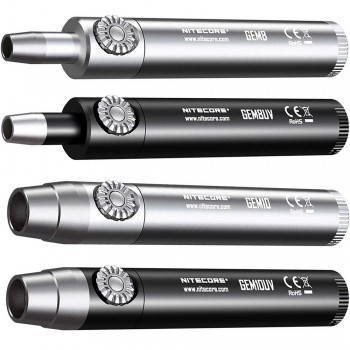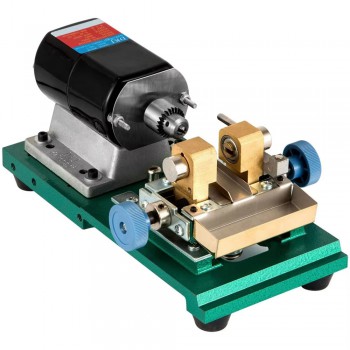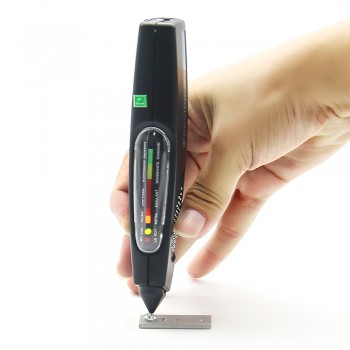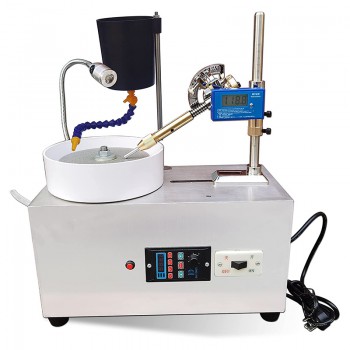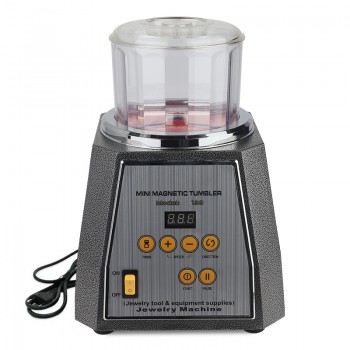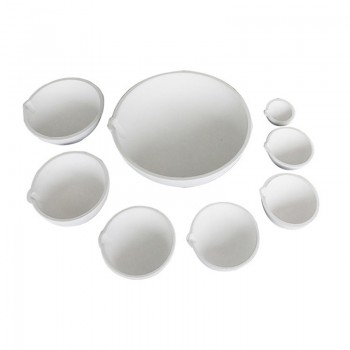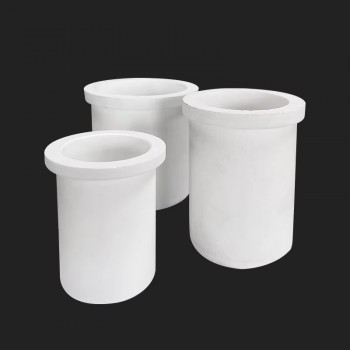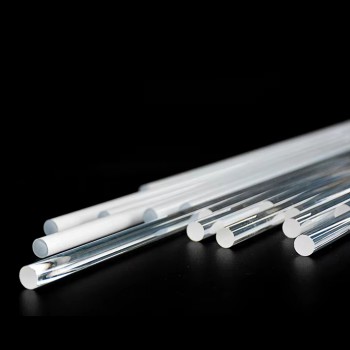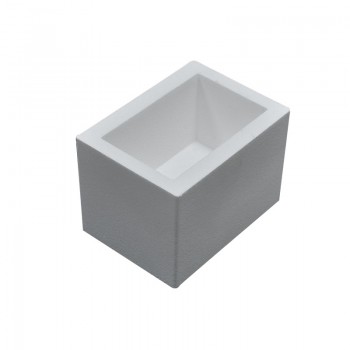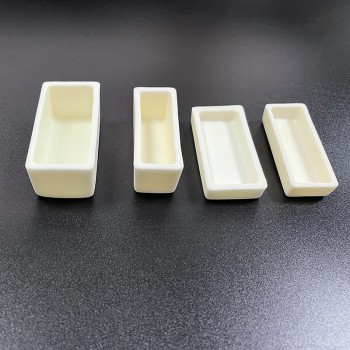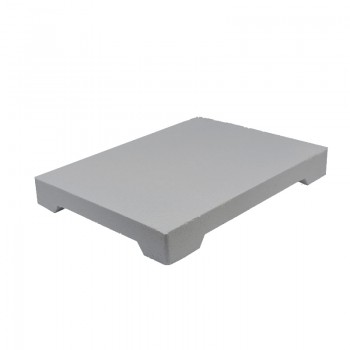
Ceramic Crucibles
Guide on How to Choose Ceramic Crucible
What Is a Ceramic Crucible?
A ceramic crucible is a container designed for heating and melting metals or materials at high temperatures. It is commonly made from refractory materials such as alumina, silica, or porcelain, which can tolerate thermal expansion during heating and cooling. Ceramic melting crucibles are widely applied in jewelry casting, laboratory experiments, and metal testing environments. Their structure supports the containment of molten materials while reducing contamination between the crucible and the melted metal.
Working Principle and Function
The working principle of a ceramic crucible is based on its thermal resistance and insulation properties. When placed inside a furnace or jewelry casting setup, the crucible gradually absorbs heat and transfers it evenly to the metal inside. Ceramic materials have low thermal conductivity, which supports controlled heating and helps maintain the molten metal in a consistent temperature range. In jewelry production, a ceramic crucible for melting gold or silver can assist in achieving uniform melting before metal casting or refining.
Main Features and Composition
Ceramic melting crucibles are available in various shapes such as cylindrical, conical, and square forms to match different melting furnaces. Many types include glazed or unglazed inner surfaces depending on the application. The glazed surface can help reduce chemical reactions between molten metal and the crucible wall, while unglazed types support thermal expansion and mechanical grip during heating. The material composition often determines the crucible’s durability under temperature cycles and contact with flux or metal alloys.
How to Choose the Right Ceramic Crucible?
When selecting ceramic crucibles for sale, several aspects should be considered. The melting point of the target metal, the furnace type, crucible size, and operating temperature range all influence the selection. For jewelry applications, smaller crucibles are often used for gold or silver melting, while larger units are suitable for industrial casting or alloy processing. It is practical to review the crucible’s capacity, shape, and thickness to match the heating chamber and the quantity of metal being processed.
Purchase Considerations and Handling
Before purchasing, users may check technical data such as temperature tolerance, volume, and compatible materials. Ceramic crucibles require gradual preheating before use to reduce thermal shock. After melting, cooling the crucible slowly can help preserve its structure. Storing ceramic melting crucibles in dry conditions supports long-term use and reduces moisture absorption that might affect performance during heating.
Application Areas and Maintenance Tips
A ceramic crucible for melting gold is commonly used in jewelry workshops, research laboratories, and small-scale foundries. It can also be applied for melting silver, copper, or aluminum in experimental and educational setups. Regular inspection for cracks, glaze wear, or residue buildup can support safe operation. Cleaning the inner surface after each melting process helps maintain material integrity for subsequent use. Ceramic crucibles for sale often include various sizes and material grades, allowing users to select according to their technical requirements and workspace setup.


